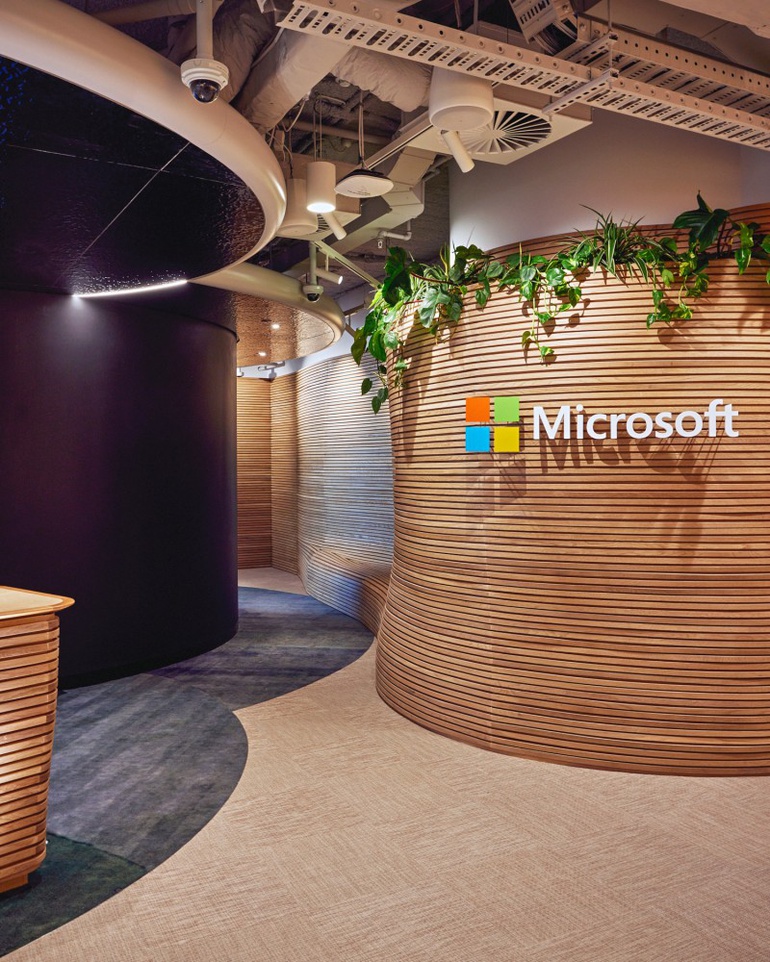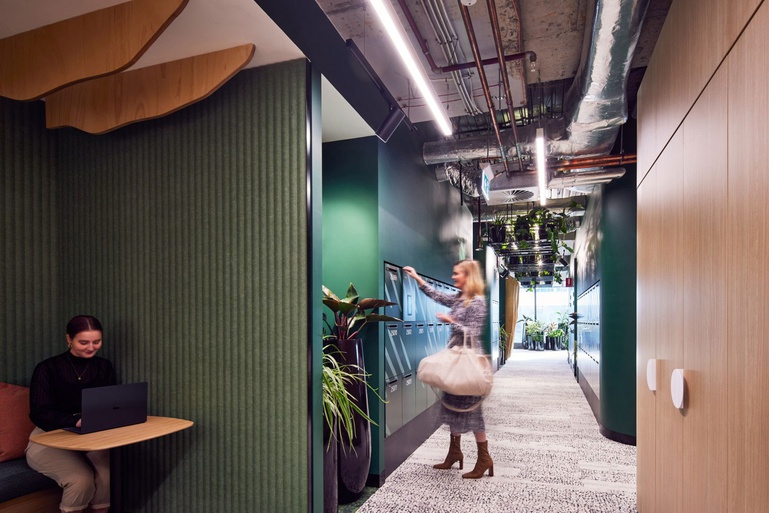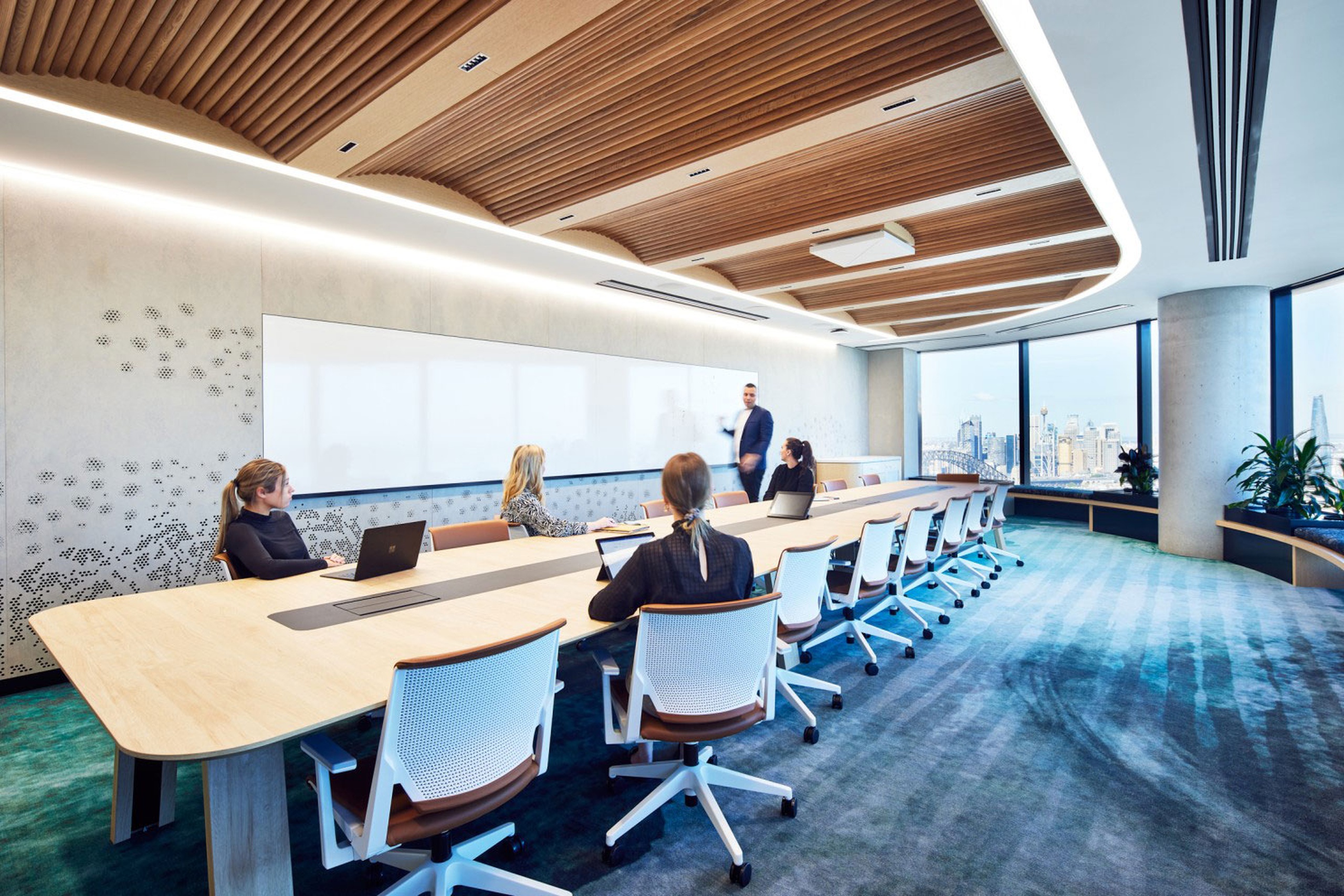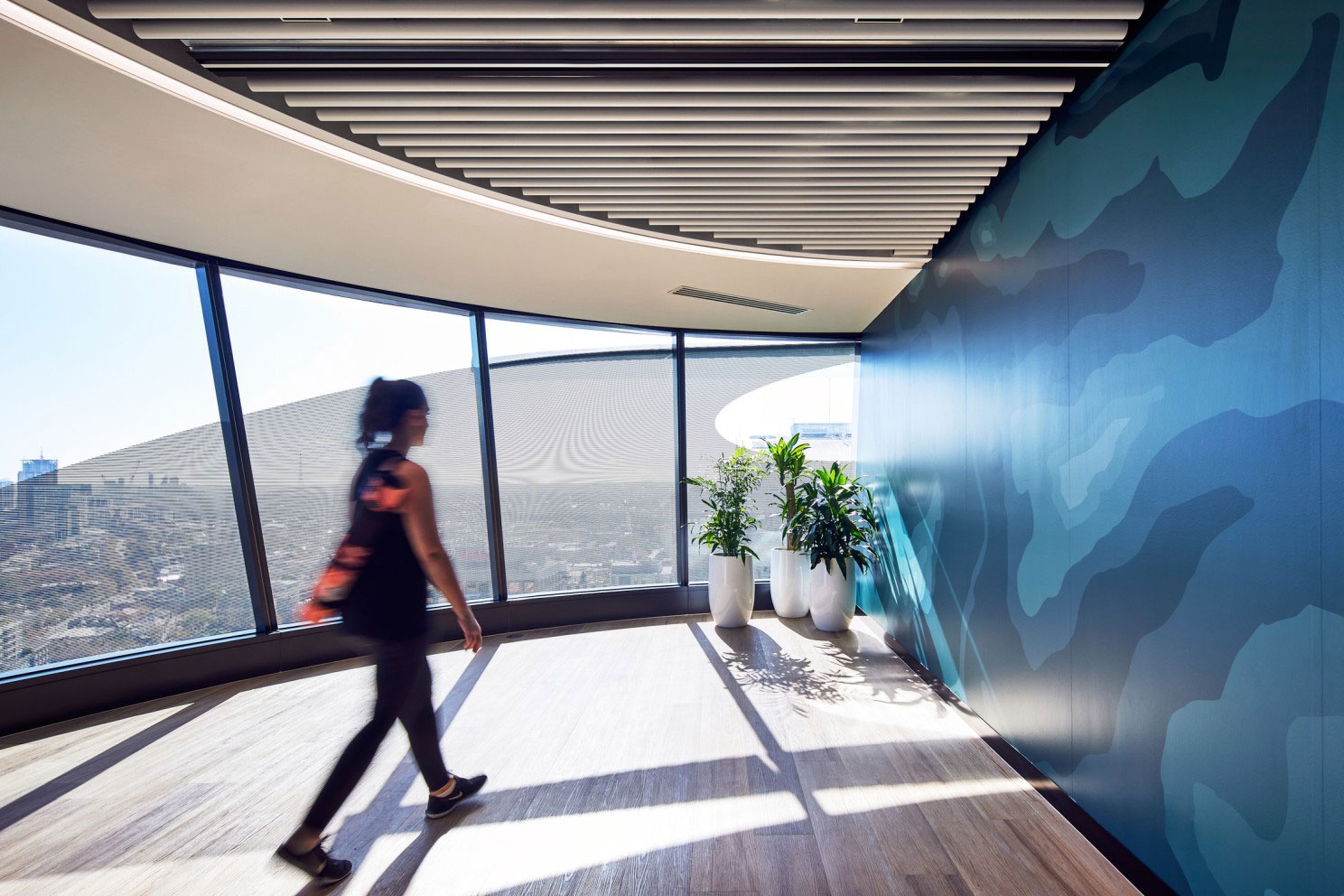A once-in-a-lifetime shot
What the new world of work could mean for sustainability
24 Feb 2022
Written by: Brett Shoemaker, Director, Sustainability for Microsoft ANZ
As lockdowns end and offices reopen, more companies are adopting a hybrid approach to work where some employees return to the office and others continue to contribute remotely. According to The Belonging Imperative, a campaign on hybrid work organised by Microsoft and TEDxSydney, this approach is fundamentally reshaping workplaces across Australia and New Zealand.
Having rethought the way work gets done, employers are turning their attention to the physical spaces it gets done in. Some are scaling down their office footprint. Some are scaling up. Others are redesigning to promote more in-person collaboration, or looking for new ways to foster deep, focused work within their offices.
No matter what approach organisations across industries are taking to creating workspaces suited to the hybrid model, they are reimagining their physical presences on a massive scale. And it’s my hope that, as well as creating spaces that prioritise flexibility and collaboration, we also use this moment of re-evaluation to create spaces that prioritise sustainability.
Reimagining the way we work
As we reshape our physical workplaces for the new reality, we have an opportunity to adopt more sustainable ways of working. While we are considering which aspects of pre-pandemic office life should remain and which should be left in the past, it’s an ideal time to explore options for reducing our offices’ carbon footprints.
At Microsoft, we believe that by acting boldly now, businesses across our region can define a future of work that is not only more flexible, digital and collaborative, but also better supports sustainable behaviours.
We adopted this approach when we worked remotely with our design and construction partners through the challenges of the pandemic to create our new Australian headquarters at 1 Denison Street in Sydney last year.
Spanning seven levels and 10,200 square metres, our offices are designed to minimise energy and water consumption, and produce less waste – earning a 5 Star NABERS rating. The building and its fit-out also meet the Green Building Council of Australia’s 5 Star Green Star rating, awarded for ‘Australian excellence’.
Green Star is Australia’s leading standard for sustainability in the design, construction and operation of buildings and fit-outs. The higher the Green Star rating, the greater the environmental savings across key areas such as greenhouse gas emissions, energy use, water consumption and construction waste.
So, how did we do it, and what lessons can other organisations take from our journey?


Finding opportunities to increase efficiency
To gain the 5 Star Green Star certification for our office, we began by calculating energy loads that considered the diverse ways Sydney’s 1,400 employees would need to operate across the office. That helped us find the most energy-efficient approach.
In response, we installed heating, ventilation, air-conditioning and smart lighting systems with the high energy-efficiency ratings that would reduce not only energy usage but also total life cycle costs.
Paints, adhesives, sealants and carpets can give off air pollutants, including chemicals known as volatile organic compounds (VOCs). We chose low-VOC products to reduce the amount of harmful chemicals the fittings emit. Indoor plants help to filter air and improve its quality.
We sought out certified building products where possible. For example, all the timber used in construction has the Forest Stewardship Council certification.
Other sustainable choices include using low-flow water fixtures to reduce water use, and installing motorised blinds with pre-set positions that enable the most efficient use of natural light. Throughout the build and fit-out, on-site waste management reduced the amount of waste going to landfill.
And we applied digital construction methodologies at every step of the project. We used digital twins and remote spatial visualisation tools, via platforms like Procore and Altoura, to streamline the building process, reduce waste and increase efficiency.
Maximising insights, minimising waste
Design features of our new office enable employees to make sustainable choices more easily.
For example, we’ve installed a robust waste management and recycling set-up that involves rigorously separating different types of waste and offering employees a ‘return and earn’ recycling service for their empty bottles and cans. We use bridgeable packaging and containers wherever we can, including offering recyclable coffee cups in our kitchens.
Then there’s our advanced building management system, which uses smart occupancy sensors linked to Microsoft platforms to minimise energy wastage in our meeting rooms and workspaces. The system collects energy data, giving us comprehensive insights into usage patterns that help us find more ways to optimise energy consumption.

Creating the sustainable workplaces of the future
Of course, we are aware that designing greener buildings is one small step in a much longer journey. I’ve written before about Microsoft’s moonshot goal of removing the equivalent of all our historic emissions from the atmosphere by 2050, and our commitment to becoming carbon negative by 2030. Initiatives like our 1 Denison Street building project are a part of this broader vision, but rest assured we are also focusing our efforts on more emissions-heavy sections of our business too – notably our data centres.
By 2025, we will use renewable energy to power our data centres, as well as our buildings and campuses. To ensure our backup power is equally sustainable, we’re piloting long-duration batteries, exploring natural gas as a lower-carbon alternative and considering the potential of synthetic diesel.
We have a long way to go, but for our teams here in Sydney, 1 Denison Street is an important part of the picture.
The purpose of corporate space is currently undergoing the rethink of the century. As organisations reconsider every aspect of the office – from how it supports employee wellbeing to how it can be designed to promote collaboration – they can also seize this moment to think about how it can mitigate their impact on the climate.
The opportunity to shape the future of work is in our hands. Let’s not leave our most valuable stakeholder of all – our planet – out of the picture.

This article was originally published on LinkedIn.